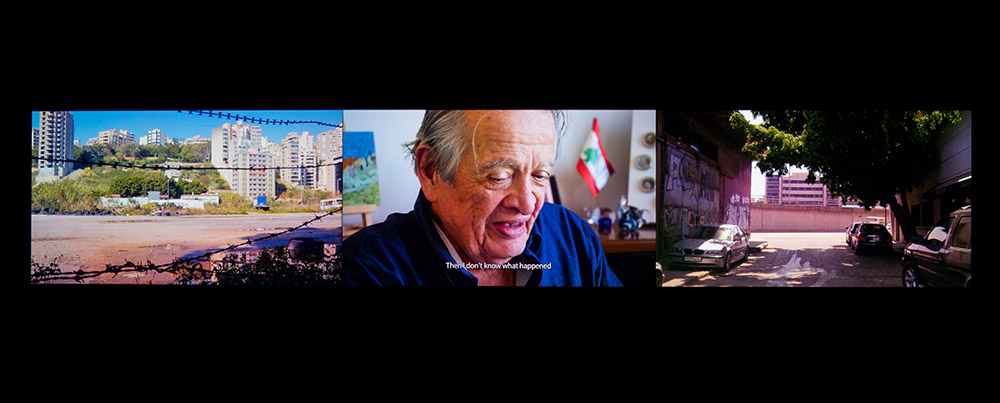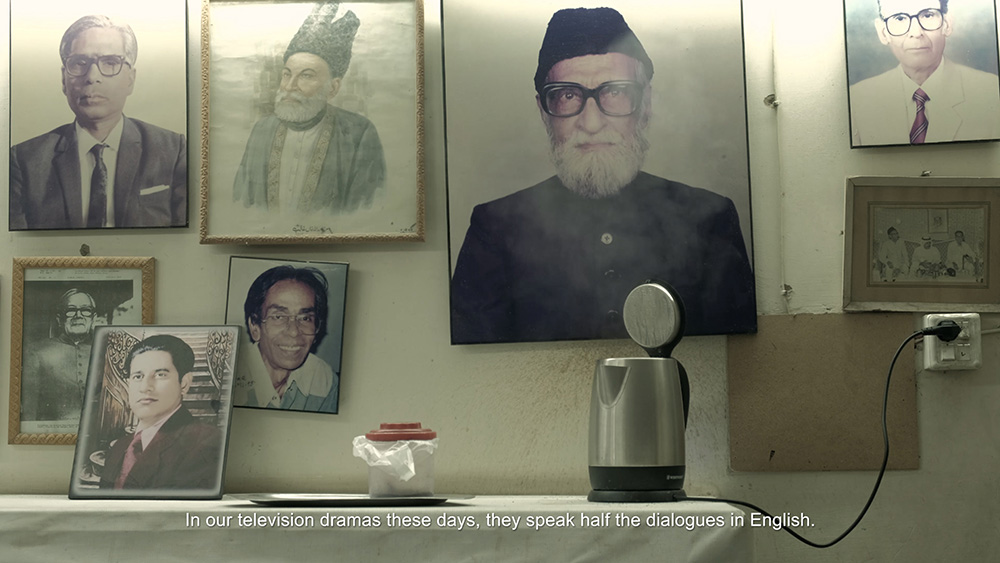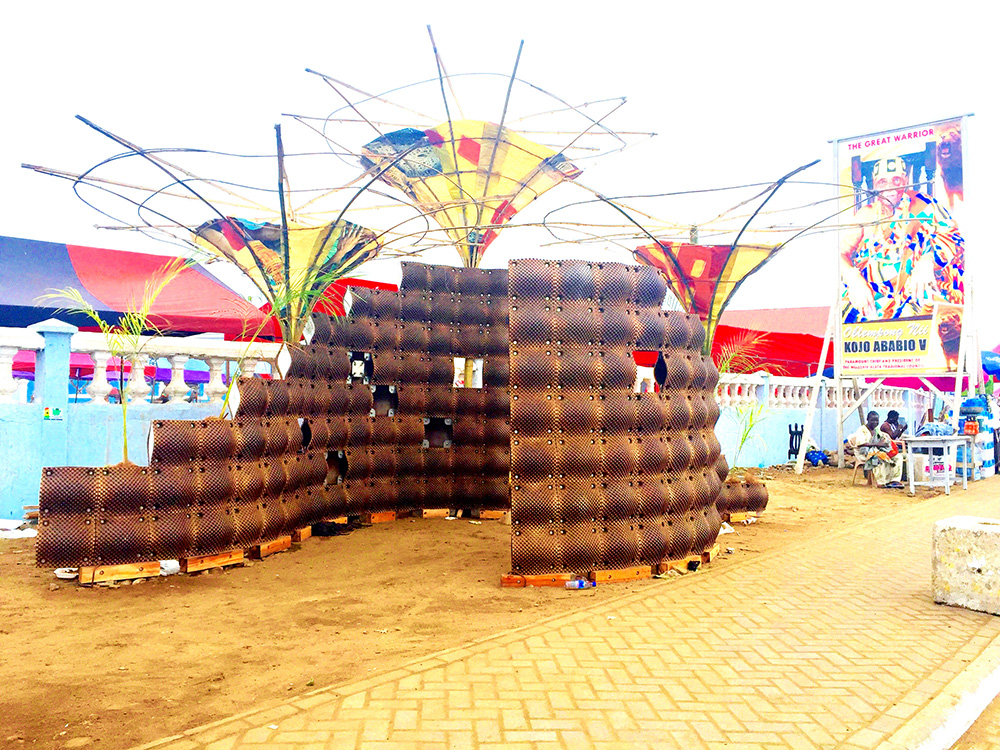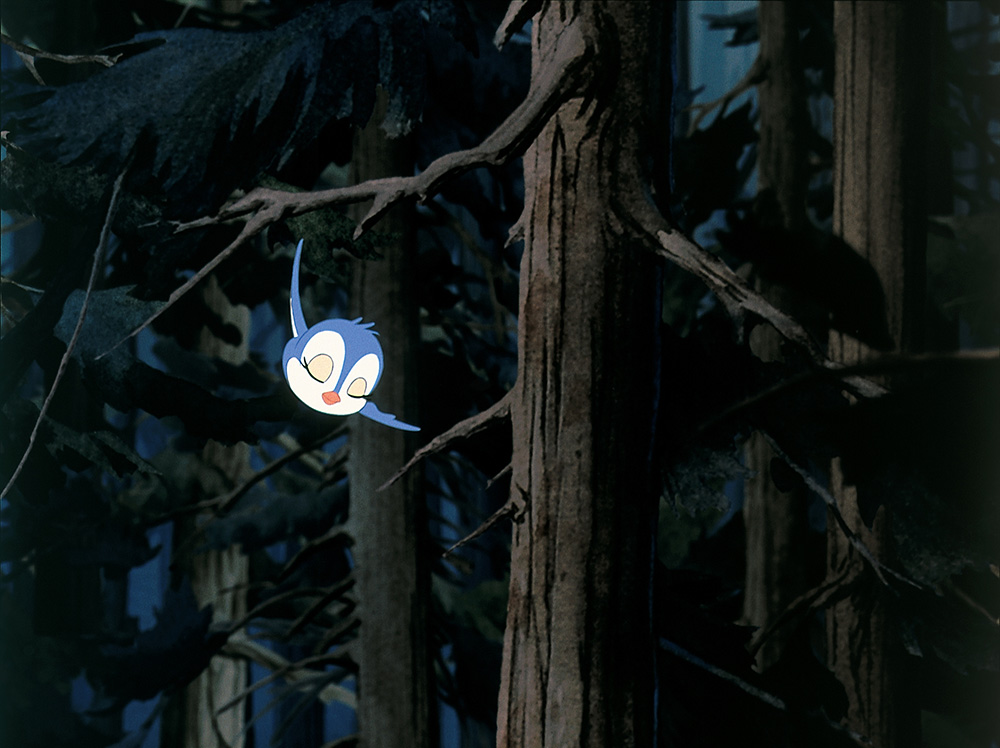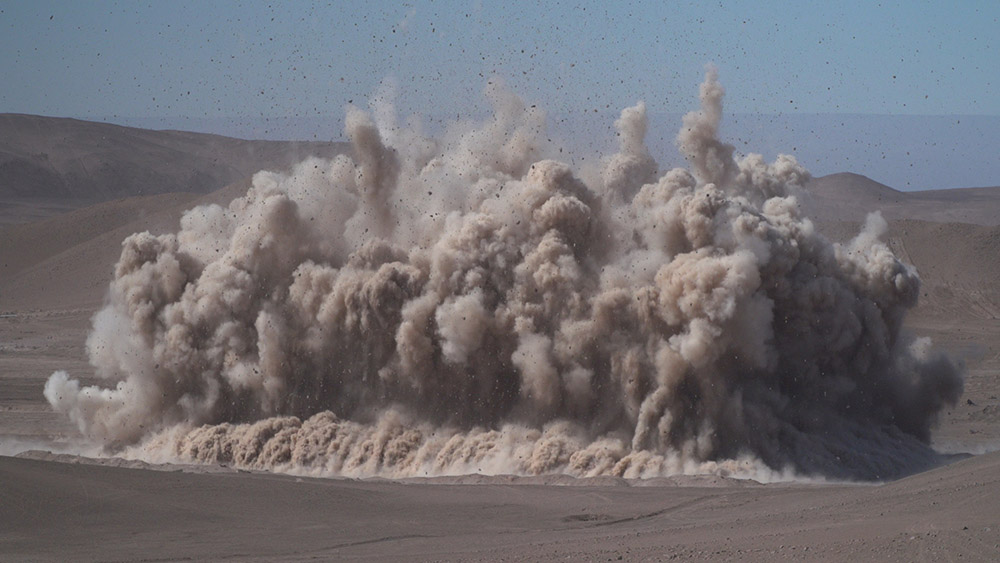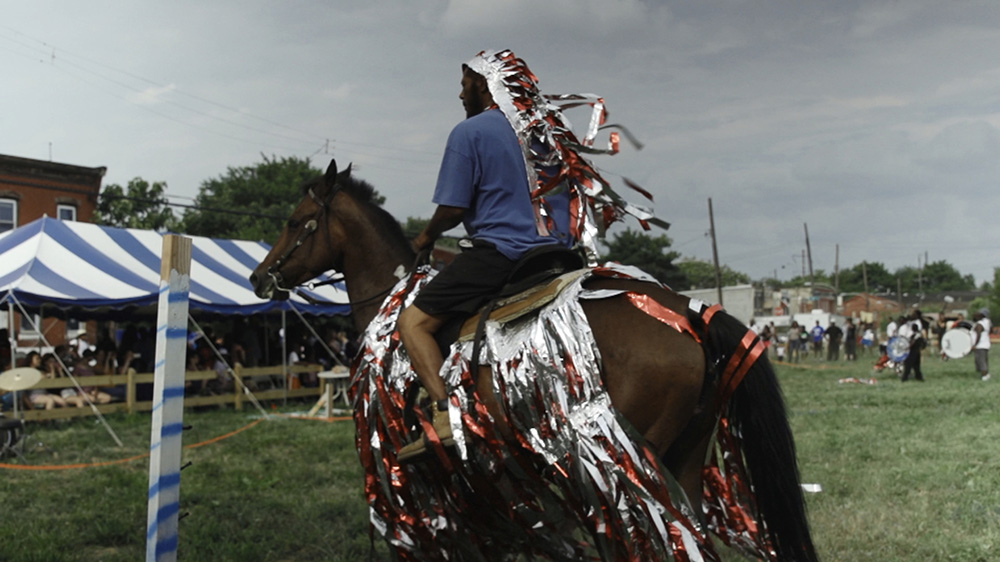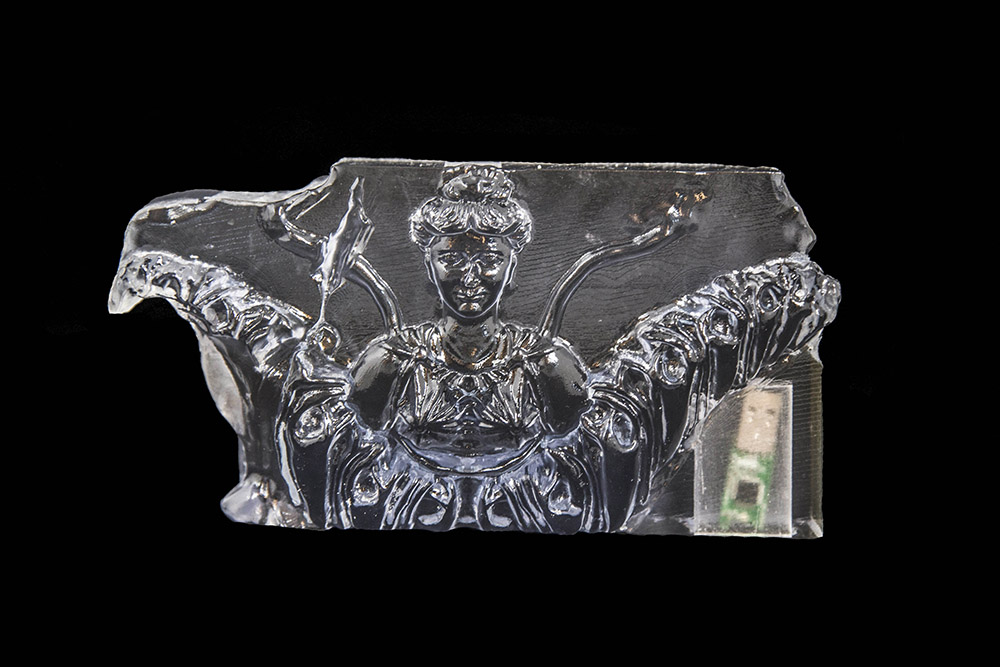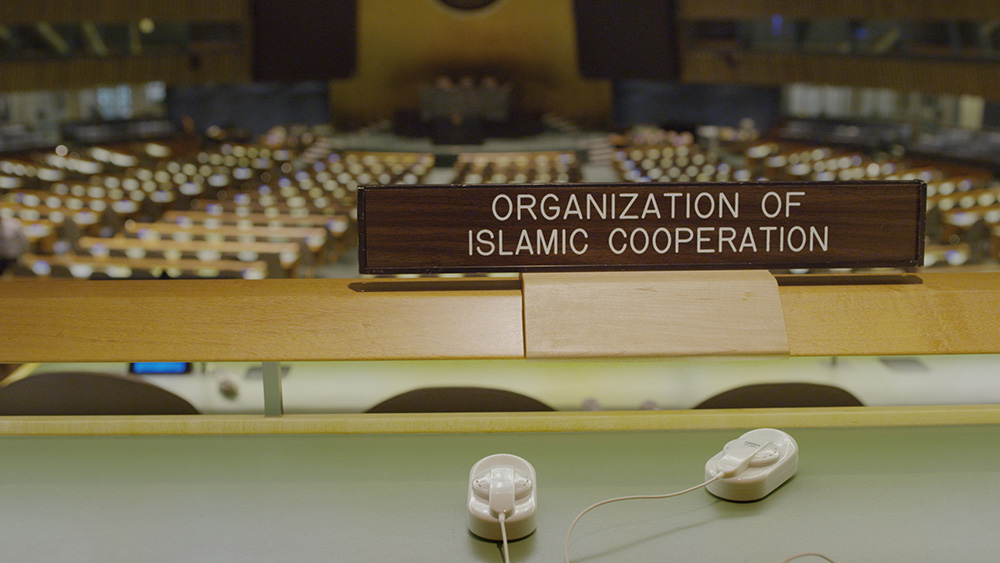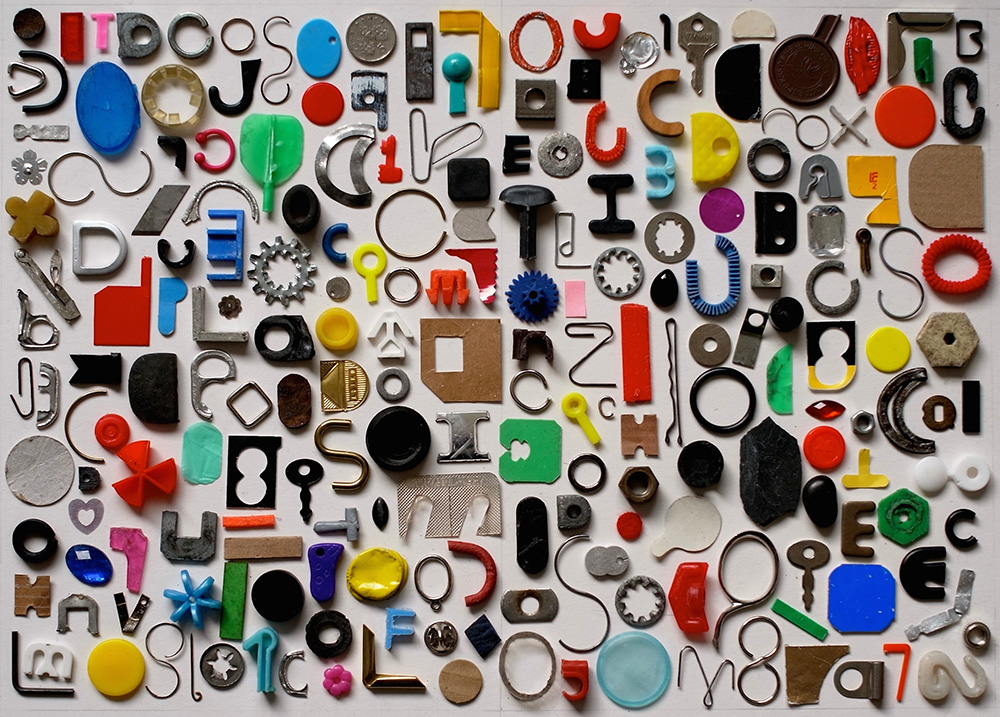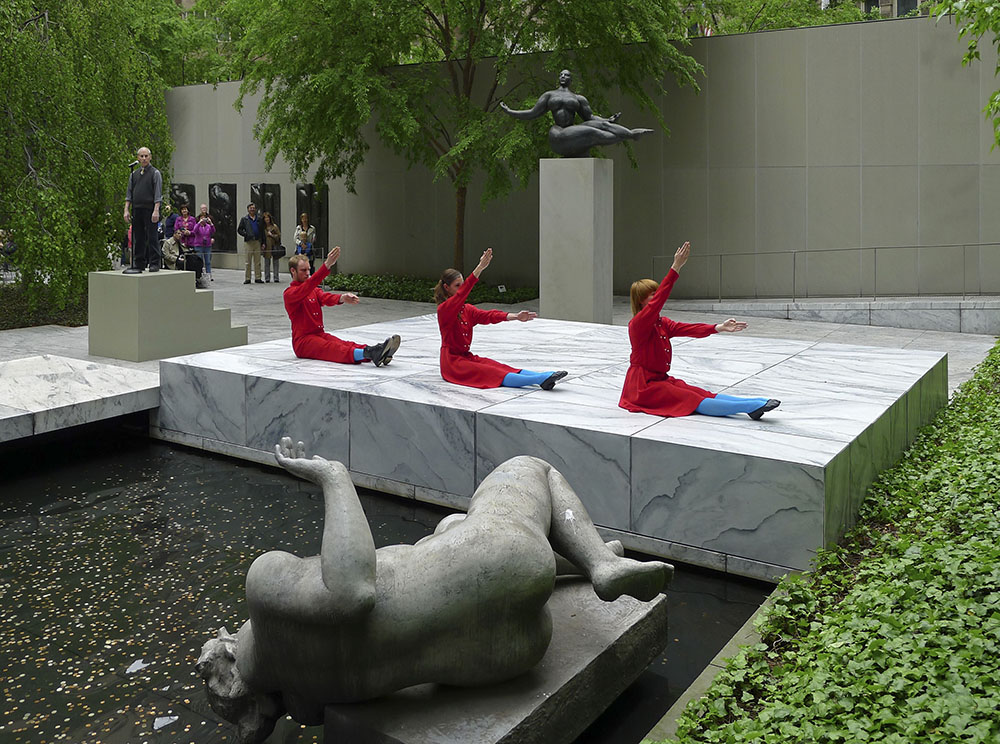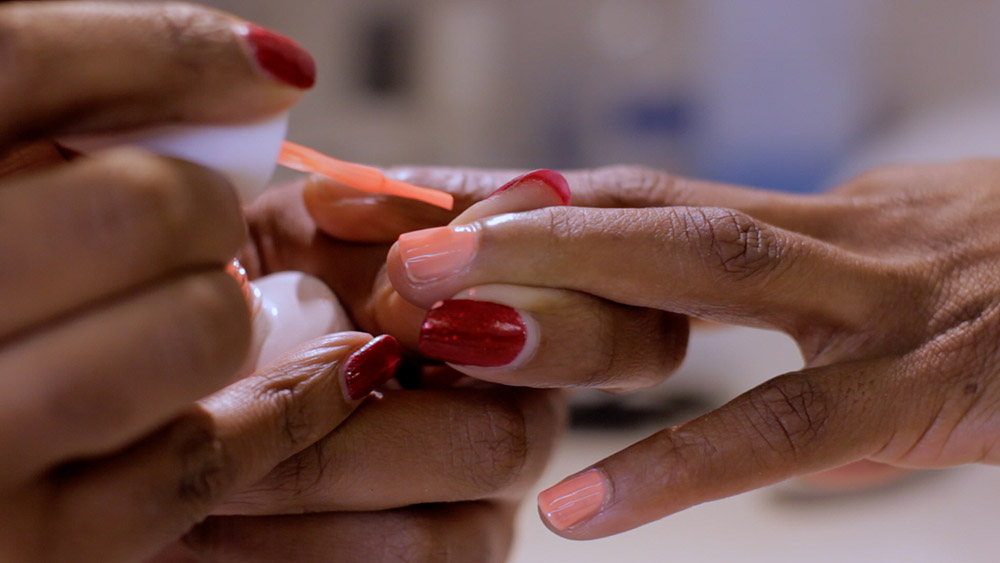BIENNALS:Liverpool Biennial 2018,Part II
 In 2018, Liverpool Biennial is celebrating 20 years of presenting international art in the city and region. It is also part of Liverpool 2018, a year-long program that showcases the city’s culture and creativity a decade on from its year as European Capital of Culture. The 10th edition of Liverpool Biennial under the theme “Beautiful world, where are you?” invites artists and audiences to reflect on a world in social, political and economic turmoil (Part I, Part III).
In 2018, Liverpool Biennial is celebrating 20 years of presenting international art in the city and region. It is also part of Liverpool 2018, a year-long program that showcases the city’s culture and creativity a decade on from its year as European Capital of Culture. The 10th edition of Liverpool Biennial under the theme “Beautiful world, where are you?” invites artists and audiences to reflect on a world in social, political and economic turmoil (Part I, Part III).
By Efi Michalarou
Photo: Liverpool Biennial Archive
Presented in locations across Liverpool including public spaces and the city’s leading art venues, the 10th edition of Liverpool Biennial invited 40 artists from 22 countries, who participate in the programme, responding to the theme set by the Curators. As an additional strand, “Worlds within worlds” invites audiences to explore the rich histories and stories evoked by objects and artefacts from the city’s civic Collections and Architecture. In the words of the co-curators, “The Biennial asks: Beautiful world, where are you?, a question derived from a 1788 poem by the German poet Friedrich Schiller. Today the poem continues to suggests a world gripped by deep uncertainty; a world in social, political and environmental turmoil. It can be seen as a lament but also as an invitation to reconsider our past, advancing a new sense of beauty that might be shared in a more equitable way.” The public program for Liverpool Biennial 2018 includes a series of talks, performances, film screenings, events and an education program. Serving Library present’s a series of free public talks hosted at Liverpool John Moores Unviersity’s Exhibition Research Lab. A wide-ranging list of participants including economists, sociologists, media theorists, architects and painters are invited to variously address or refract the question borrowed from Friedrich Schiller to title the Biennial. The film program features a selection of Agnès Varda’s filmography, as well as films curated by Varda. The Biennial is dedicated to the city and its people, working together with them to support and develop new ideas of social change and action through art. The education programme includes commissions, family workshops and long-term partnerships with Liverpool schools. The Biennial will also host a Mediator-led public programme of events, designed and curated by the Mediation team over the course of the Biennial. “Hummingbird Clock” (2016) by Lawrence Abu Hamdan is a permanent public artwork for the city, commissioned by Liverpool Biennial. For over ten years, the UK government has been using the humming sound generated by the electrical grid as a surveillance tool. Nearly all recordings made within earshot of this almost-silent humming can be forensically analysed to determine time and date, and whether the recording has been edited or altered. This technique has, so far, only ever been used by the state. Abu Hamdan’s “Hummingbird Clock” is a new kind of public timepiece, located both online and physically, outside the law courts in Liverpool’s Derby Square. It is designed as tool for investigations into civil and human rights violations and state corruption. Hummingbird Clock records the continual buzz of the electrical grid, making this data available to anyone who might need it. Following her recently announced special Oscar for Lifetime Achievement, Agnès Varda, will create her first work in the UK, a three channel video installation derived from her films “Vagabond” (1985), “Documenteur” (1981) and “The Gleaners” (2000). The installation will be presented at FACT, alongside screenings of her seminal film “Ulysse” (1982). Francis Alÿs shows a selection of tiny paintings at Victoria Gallery & Museum in Liverpool, dating from the 80s until today. Executed in the tradition of classic ’plein air’ painting, his work comments on the issues of global tourism and social unrest. Alÿs has never shied away from conflict zones. He has worked in Israel-Palestine and Afghanistan and accepted a residency in Iraq, where he worked with local artists and refugees. He was embedded with the Kurdish Peshmerga forces on the Mosul frontline, taking the role of the war artist documenting the fight against ISIS via brush and paint. Mohamed Bourouissa is working with the local community, gardeners, school pupils, teachers and artists to create a new garden and space of resilience. The project is inspired by a garden the artist encountered in Blida, Algeria, made by a patient of the psychoanalyst and writer Frantz Fanon. Fanon’s patient underwent occupational therapy through gardening, reflecting the organisation of his mental space in the structure of his garden. Bourouissa will create a similar garden in collaboration with Kingsley Community School, working with the local community, gardeners, school pupils, teachers and artists.
Info: Curators: Kitty Scott and Sally Tallant, Liverpool Biennial 2018, Various locations, Liverpool, Duration: 14/7-28/8/18, www.biennial.com
